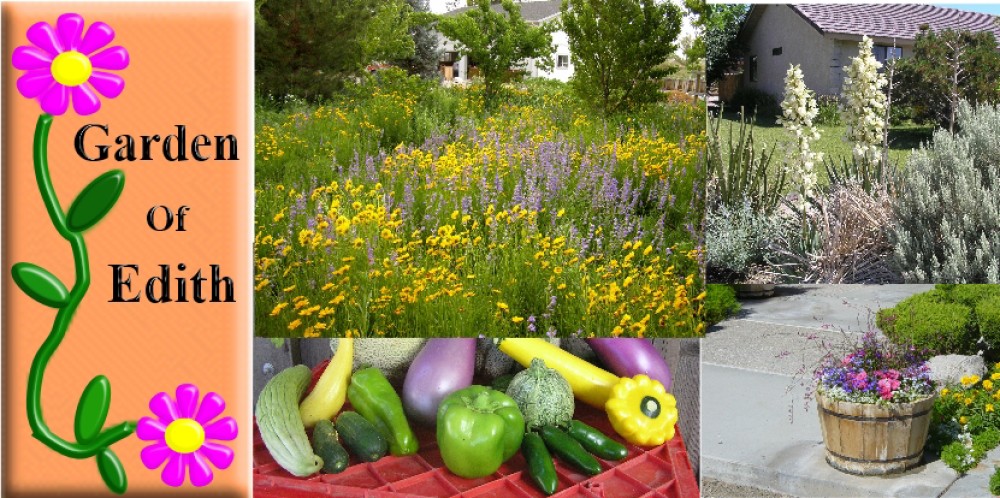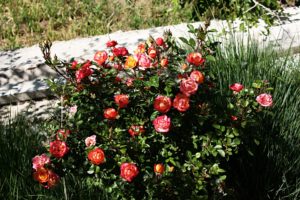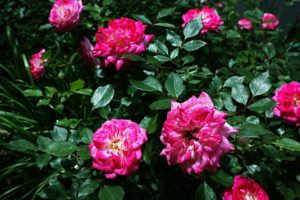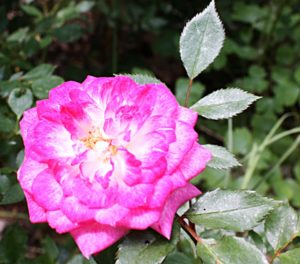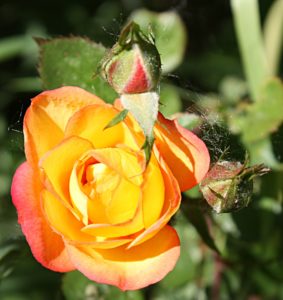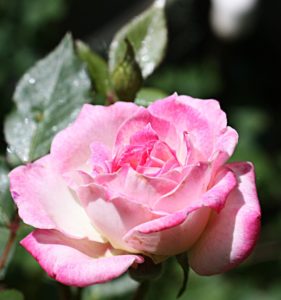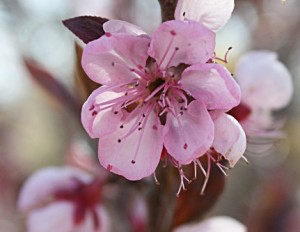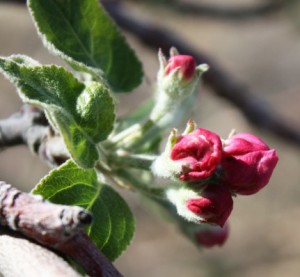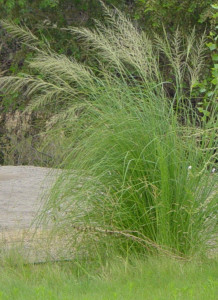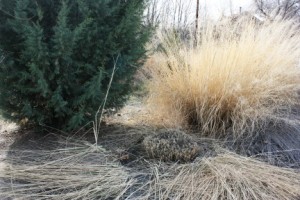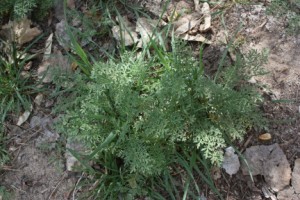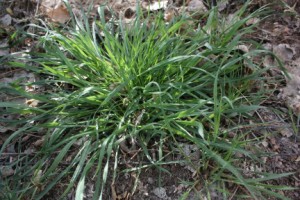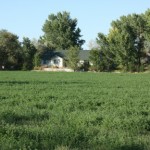If you have not already ordered your roses you will want to do so soon so they arrive in time for spring planting. Most people associate roses with high maintenance and need a lot of water. Yet, not all roses have the same requirements. In fact, many of the roses
we see in the catalogs are descendant from roses native to arid regions. My high desert garden can be bitter cold in winter and bake hot in summer. The roses I have found that do best in my garden are the miniature roses. I think the small leaves and small roses may have something to do with their success.
When I first got married, my mother-in-law, a rose lover, saw I had some potted miniature roses I moved with me to Nevada. She asked me about them and I told her the story of how I fell in love with my friend’s miniature roses. Shortly after my husband and I married, three miniature roses appeared on my doorstep. They were from my mother-in-law. These three miniature roses still thrive in my garden to this day 31 years later. This is longer than any old fashion shrub roses, hybrid tea, and floribundas I have planted over the years. They have even survived through several winters where we had a few days of subzero morning lows.
I have tried many old shrub roses, tea roses, and floribundas but none have lived and thrived as long as the miniature roses my mother-in-law gave me. Not only do the miniature roses live longer but they are more reliable bloomers. When daytime highs reach 100°F, roses with larger blooms stop blooming. The miniature roses keep blooming in spite of the 100°F+ daytime temperatures. Sometimes the large flowered roses try to bloom in the hottest part of the summer but their blooms only last a day before they either shatter or start to dry out and wither. In comparison, blooms on the miniature roses during the hottest part of the summer stay fresh for at least a week before withering.
Other gardeners in my area have had good luck with their larger flowered roses but it is not without a lot of work. I do not baby my roses with lots of fertilizer, pruning or extra watering. I do water my miniature roses with four hours of continuous drip irrigation every two to three days. This watering regime tapers off in fall to once a week until the first hard freeze. My miniature roses still thrive in my desert climate. This may be due to their smaller leaves and small flowers. I have a wild rose, Rosa woodsii native to the high desert region that I started from seed. Its leaves and flowers are similar in size to the miniature roses. I do not even water my wild rose on our property that sits on a high water table and still, it thrives. The only difference is the wild rose only blooms in late spring and will not bloom again until the next spring. I need my miniature roses if I want roses during the entire growing season.
Not all miniature roses are equal when it comes to winter hardiness. When I shop the rose catalogs I always look for the most winter hardy miniature roses to plant in my garden. By selecting only the most winter hardy miniature roses, I get the added bonus of also getting the most drought tolerant roses. In the high desert where I live, having both good winter hardiness and drought tolerance is a necessity.
